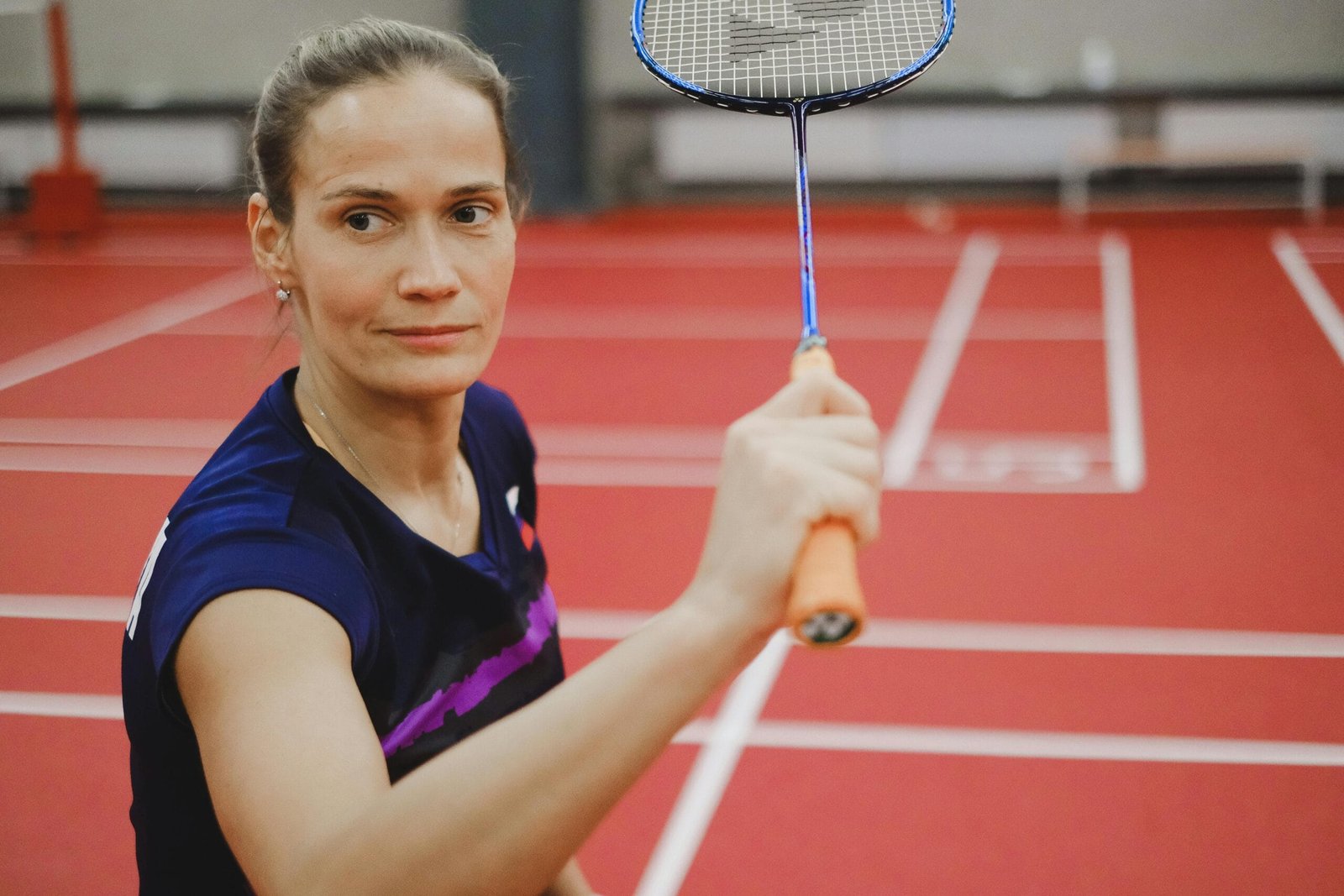Introduction to Personalized Badminton Training
Badminton is a sport that requires a blend of speed, agility, strength, and precision. To excel, players must follow a tailored training regimen that addresses their unique needs and goals. Personalized badminton training ensures that each player can focus on specific areas for improvement, whether they are beginners learning the basics or advanced players refining their techniques. A customized training plan maximizes efficiency, enhances performance, and minimizes the risk of injury by aligning with the individual’s skill level and objectives.
Assessing Your Current Skill Level and Goals
The first step in creating a personalized training plan is to assess your current skill level and define your goals. This self-assessment helps in identifying strengths, weaknesses, and areas that require more focus. Here’s how to do it:
Skill Level Assessment
- Beginner: New to badminton, focusing on basic skills such as grip, footwork, and simple shots.
- Intermediate: Comfortable with basic skills, working on consistency, advanced techniques, and match play strategies.
- Advanced: Proficient in all skills, aiming to refine techniques, improve speed, agility, and develop advanced match strategies.
Goal Setting
- Short-Term Goals: Immediate objectives such as improving serve accuracy or mastering a new shot.
- Long-Term Goals: Broader objectives like competing in tournaments or reaching a specific skill level.
Defining clear goals will guide your training focus and provide motivation.
Components of a Training Plan: Drills, Strength Training, and Flexibility
A comprehensive badminton training plan includes three main components: drills, strength training, and flexibility exercises.
Drills
Drills are essential for developing specific skills and improving overall performance. They should be tailored to your skill level:
- Footwork Drills: Improve movement efficiency and court coverage.
- Stroke Drills: Enhance shot accuracy and power for serves, smashes, clears, and drops.
- Game Play Drills: Focus on strategy and real-match scenarios.
Strength Training
Strength training helps in building the necessary muscle power and endurance for badminton:
- Core Exercises: Planks, sit-ups, and Russian twists to strengthen the core.
- Leg Exercises: Squats, lunges, and calf raises for powerful leg muscles.
- Upper Body Exercises: Push-ups, pull-ups, and shoulder presses to improve arm strength and shot power.
Flexibility
Flexibility is crucial for preventing injuries and maintaining a full range of motion:
- Dynamic Stretching: Arm swings, leg swings, and torso twists before training.
- Static Stretching: Hamstring stretches, quadriceps stretches, and shoulder stretches after training.
Creating a Routine for Beginners, Intermediate, and Advanced Players
Beginners
For beginners, the focus is on learning the basics and building a solid foundation:
- Frequency: 3-4 times a week.
- Duration: 1-2 hours per session.
- Drills: Basic footwork, grip techniques, simple strokes like clears and drops.
- Strength Training: Bodyweight exercises like squats, push-ups, and planks.
- Flexibility: Dynamic stretches before and static stretches after sessions.
Intermediate Players
Intermediate players should work on consistency and advanced techniques:
- Frequency: 4-5 times a week.
- Duration: 2-3 hours per session.
- Drills: Advanced footwork, varied strokes including smashes and net play, match play scenarios.
- Strength Training: Incorporate weights with exercises like lunges, shoulder presses, and core workouts.
- Flexibility: Continue dynamic and static stretching routines.
Advanced Players
Advanced players focus on refining techniques and advanced strategies:
- Frequency: 5-6 times a week.
- Duration: 3-4 hours per session.
- Drills: High-intensity interval training, specialized drills for precision and speed, in-depth match strategy practice.
- Strength Training: Intense strength training with heavier weights and explosive exercises like plyometrics.
- Flexibility: Enhanced flexibility routines with both dynamic and static stretches.
Incorporating Recovery and Rest into Your Training
Recovery and rest are vital components of a training plan to prevent burnout and injuries:
- Rest Days: Schedule 1-2 rest days per week to allow muscles to recover.
- Active Recovery: Engage in light activities like walking, swimming, or yoga on rest days.
- Sleep: Ensure adequate sleep (7-9 hours per night) for optimal recovery and performance.
- Hydration and Nutrition: Maintain a balanced diet and stay hydrated to support muscle repair and energy levels.
Using Technology for Training Enhancement
Technology can significantly enhance your badminton training:
- Wearable Devices: Track performance metrics such as heart rate, steps, and calories burned.
- Training Apps: Use apps for guided workouts, skill tracking, and progress analysis.
- Video Analysis: Record and review your games to identify areas for improvement and refine techniques.
- Online Coaching: Access virtual coaching sessions and tutorials to get expert advice and tips.
Integrating technology into your training can provide valuable insights and help you stay motivated.
Conclusion: Crafting a Training Plan That Works for You
Creating a personalized badminton training plan involves understanding your current skill level, setting clear goals, and incorporating a balanced mix of drills, strength training, and flexibility exercises. Regular assessment and adjustments to the plan ensure continued progress and adaptability. Remember to include recovery and rest days to maintain overall health and prevent injuries. Utilize technology to enhance your training experience and gain deeper insights into your performance. By crafting a training plan tailored to your needs, you can maximize your potential and enjoy a healthier, more productive badminton journey.
Visit badmintonsupplier.com for the latest training equipment and resources to support your customized badminton training plan. Elevate your game and achieve your badminton goals with the right tools and guidance.







